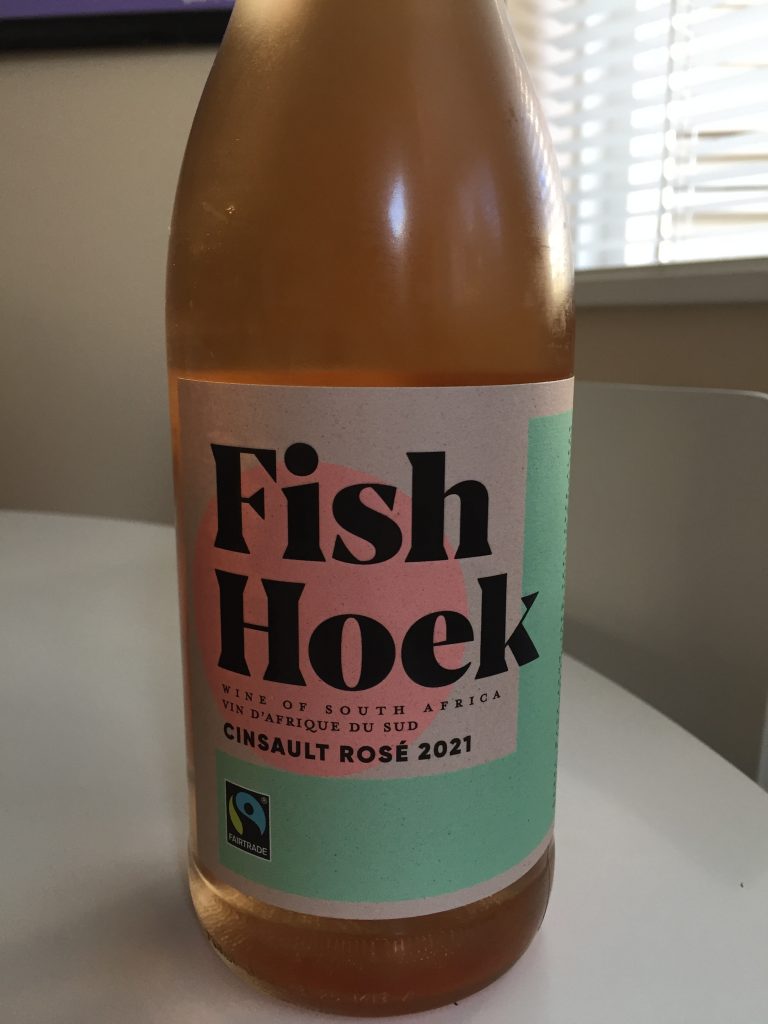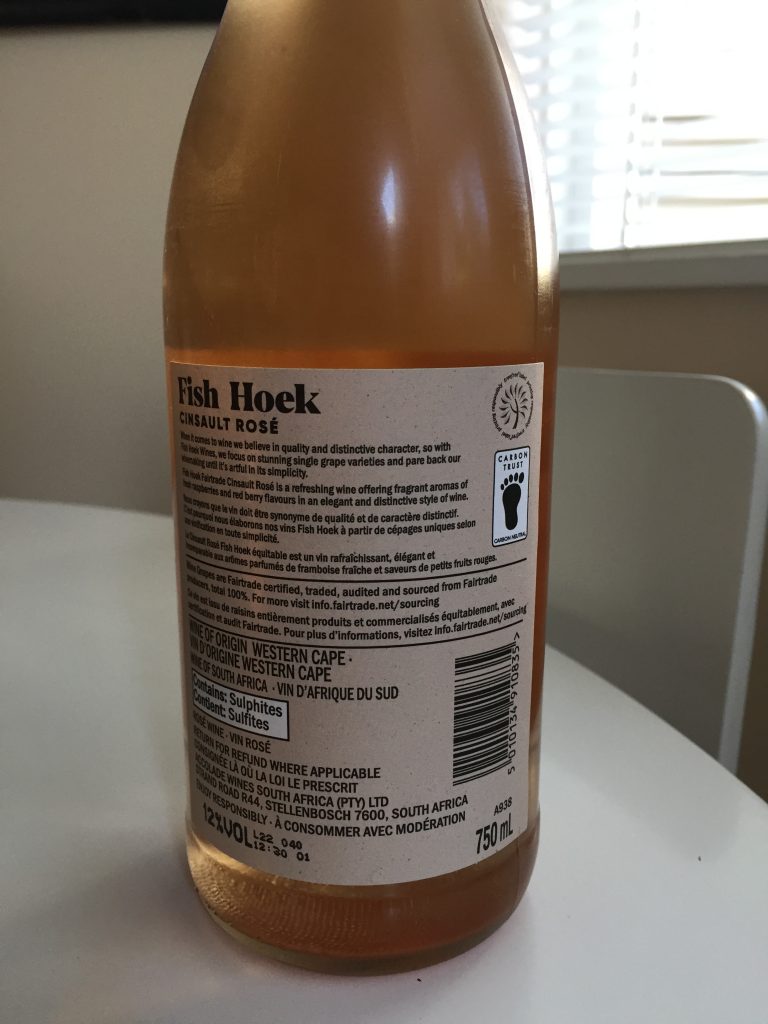Benise – Concerto de Espana
RIVERDANCE
Benise – Concerto de Espana
RIVERDANCE

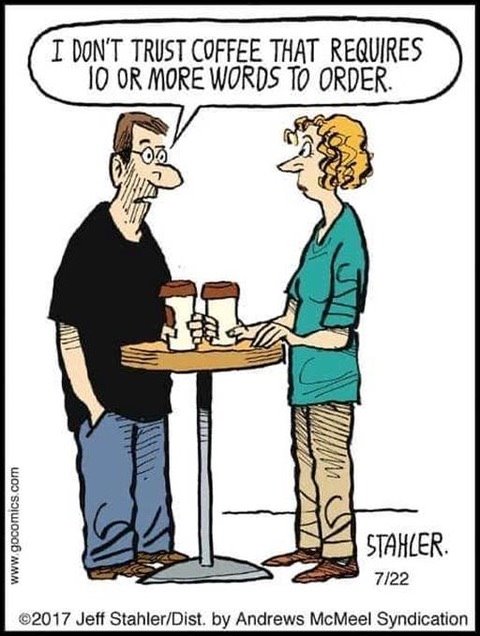





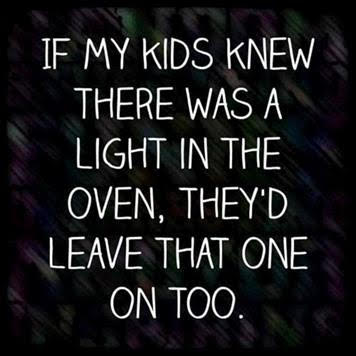




The Vine Trip
In the mid-19th century, Chilean wine producers brought vines from Bordeaux to improve the quality of the original vineyard at Los Vascos. The estate came full circle, when infamous Bordeaux wine family Domaines Barons de Rothschild (Lafite) purchased Los Vascos in 1988. “Le Dix” (10 in French) was introduced to commemorate the first ten years of wine production. Sourced from 70 year old vines, oldest on the estate, made from mostly Cabernet Sauvignon (85%) blended with Carmenère, Cab Franc and Syrah.
Ripe, oaked berry aroma, fresh, bright, and richly layered. A lovely long textured finish.
Le Dix de Los Vascos 2013
Chile
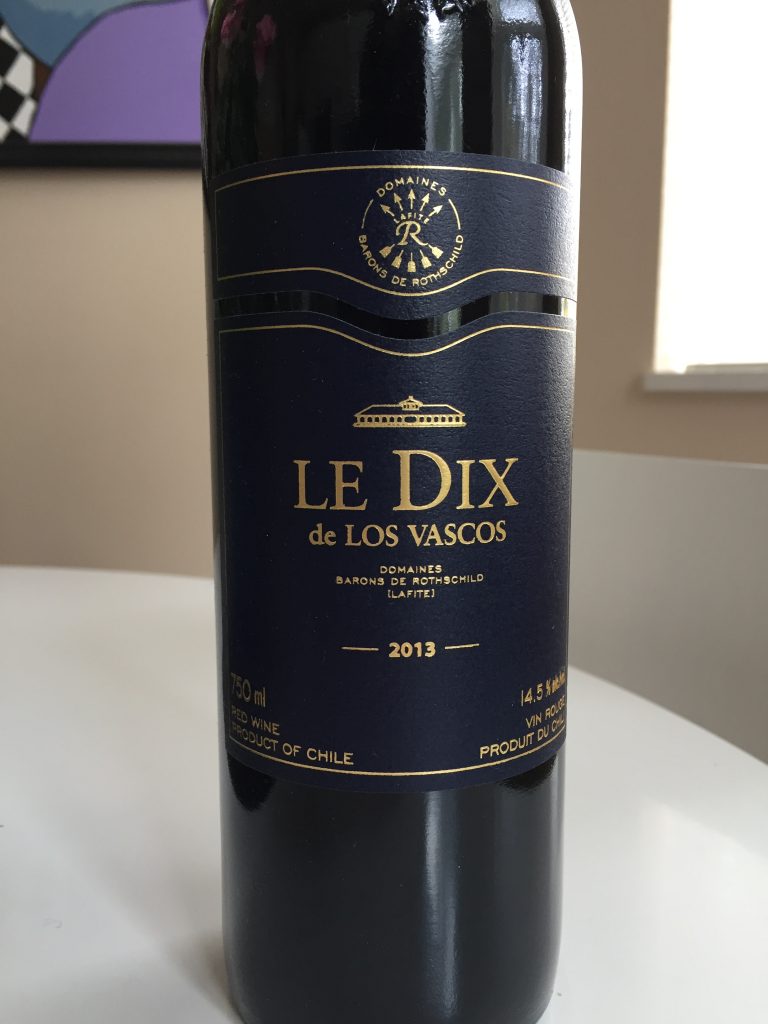
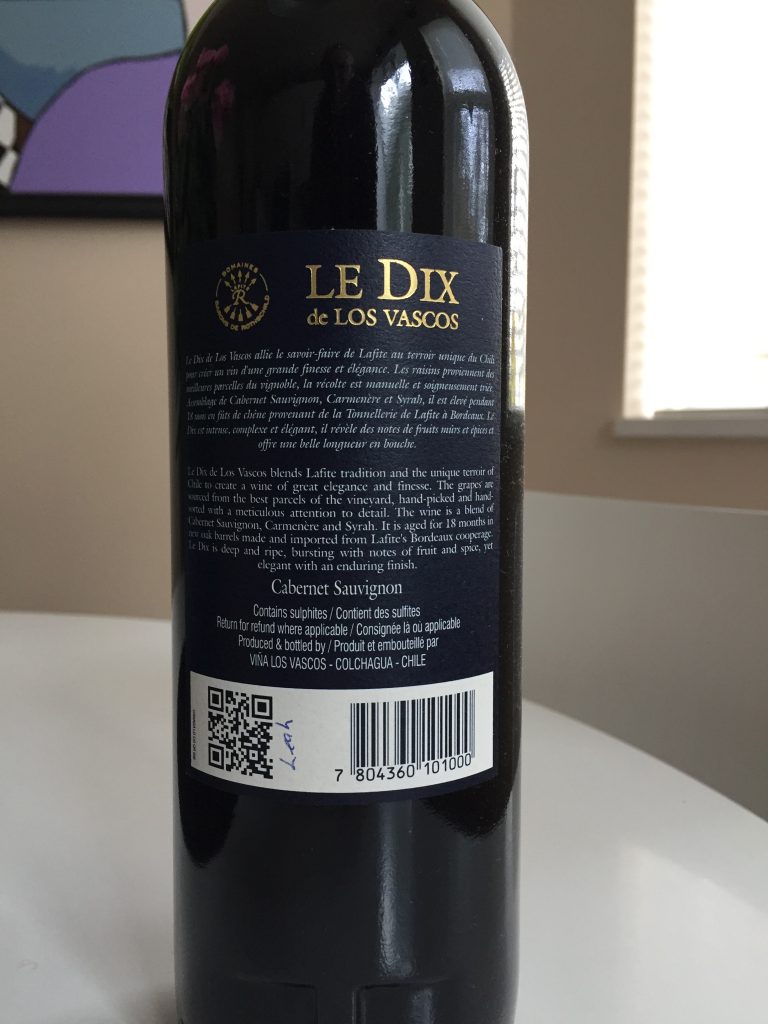
McKenzie Hagan | September 29, 2020
No longer a common wine phrase, table wine is an old-fashioned term. So, don’t fear if you don’t know what it is.
Maybe you’re wondering what kind of tables are used to make this table wine? Perhaps there’s also a standing wine or beanbag chair wine available on the market? But don’t worry. As always, we’re here to share our wine knowledge, and help you better understand the wonderful world of wine.
In this short guide, we’ll discuss what table wine means, how the definition changes depending on where you are in the world, and the best way to choose table wine.
A widely accepted definition of table wine is that it’s a fairly cheap wine enjoyed with meals. However, that’s a pretty vague explanation. There are hundreds of factors that can dictate a wine’s price — from where the grapes were grown to the winemaking process to who’s selling you the wine in the first place. Price doesn’t always constitute quality or the lack thereof.
“Fairly cheap” is also subjective. After all, one person’s trash is another person’s treasure. While spending $30 on a bottle of wine may seem exorbitant to you, it’s a drop in the bucket for someone with plenty to spend.
Furthermore, all wine can be enjoyed with a meal — it all depends on pairing a particular bottle with compatible dishes. For example, a large range of Merlots are a brilliant addition to heavy red-meat meals, while a deliciously sweet dessert wine tastes even better when drunk in tandem with a rich dessert.
Our point is: The term “table wine” harkens back to a time when people followed strict rules in regard to wine. But as wine has become more accessible to everyday people, wine lovers have begun to reject these rules, choosing to drink wine in whichever way they choose.
Even though you’re unlikely to hear the term from your local sommelier, “table wine” does sometimes pop up. If you’re heading to a wine tasting event, you may hear wine experts referring to a certain bottle as a perfect table wine. However, the definition of table wine changes depending on where you are in the world.
The American definition of table wine is quite easy to understand compared to countries across the Atlantic.
Traditionally, in the United States, a table wine is lower in alcohol, never exceeding 14% ABV (alcohol by volume). This allows your dinner party guests to enjoy more than one glass with their meal without getting too tipsy.
In the U.S., table wine is a term that points to a wine of moderate quality. While we’ve already discussed the subjective nature of dictating the quality of wine, we think this refers to choosing a wine that will still be affordable if you order several bottles for everyone to enjoy.
We stand by the opinion that all wine is suitable to eat with your meal if it’s what you like. Still, there are some exceptionally complex bottles that probably should be enjoyed on their own to experience the true nuances of the wine.
By American standards, table wines are also known as easy drinking wines. Easy drinking wines have a reputation for being very light, fresh, and perhaps lacking in complexity. Generally speaking, these table wines are crowd pleasers — they’re wines that will be popular with the majority of your party.
Wines like Pinot Grigio are perfect examples of table wines, as they are usually light in flavor and pair easily with a wide range of cuisines, plus many people enjoy this Italian classic. However, this is where the term “table wine” gets tricky, as there are also plenty of people who cannot bear Pinot Grigio.
Finally, old-fashioned wine rules say that table wines don’t include sparkling or sweet wines. And to this we say phooey. Anyone who’s ever enjoyed a bottle of Prosecco over a fabulous brunch with friends will know sparkling wines make for brilliant table wines.
In Europe, table wine is a little more complex. While in the U.S. deciding if a wine is a good table wine is more subjective, Europeans follow more specific labeling rules.
Regarding wine as table wine in Europe has a lot to do with wine appellation. Simply put, wine appellation refers to a protected wine region in which a bottle of wine is produced. It also refers to specific techniques used when making the wine.
If a wine has been produced in line with these strict rules, the winemakers may put a specific stamp on their labels. For European wines, this is the letters PGI (Protected Geographical Indication) or PDO (Protected Designation of Origin). These stamps are for the consumers, so they can make a more informed decision about where their wine is coming from.
The wine world is very particular about wine regions, especially in Europe. The European Union Wine regulations insist that wines from specific “quality regions” also include the QWPSR (Quality Wines produced in specific regions) mark of approval. While these stamps are there for the benefit of the consumer, you shouldn’t worry about them too much, unless you’re set on becoming a wine collector.
On the other side of the coin is table wine. Table wine (or vin de table as it’s known in France) is regarded as any wine that’s not produced in these wine appellations — therefore, it’s a wine without this elusive stamp of approval.
The problem with this logic is that just because a wine is not from a PDO or PGI doesn’t mean it’s of lower quality. If you’re looking to pop open a few bottles of posh PDO wine at dinner to share with friends, go for it. Or, if you fancy sitting quietly, and taking your time enjoying your favorite “lower quality wine,” you should. Don’t let these outdated rules tell you how to enjoy your wine.
As you can see, we don’t really buy into the idea of table wine. In our humble opinion, if a wine is on a table, it’s a table wine.
We agree that some extra special bottles are probably best consumed on their own to appreciate complex, nuanced flavors. But wine is made to be enjoyed. Whether you’re looking for a red table wine or a white table wine, it doesn’t matter.
Even if you’re pouring large glasses of high-quality Pinot Noir, Chardonnay, or Riesling into your guests’ glasses, it’s still a suitable table wine.
However, if you like to live life by the book and are looking for a good wine to serve at your next dinner party, we do have a few tips. Look for bottles with less than 14 % alcohol and light flavors. If you want to be traditional, stay away from any bottles with the letters PDO, PGI, or QWPSR on the label.
But instead of trying to discover the perfect table wine, why not order a few different bottles for your table, ensuring everyone has a wine they’ll enjoy drinking with their meal? Better yet, consider our mixed bottle multi-pack. This way everyone gets their own mini bottle of a wine they’ll love.
I took my hair out of the messy bun and made it a less messy bun and my husband asked if I was going somewhere.
My husband’s favorite time to ask me a question is when I’m upstairs and can’t hear a word he’s saying.
That the days are long but the years are short so appreciate the time you have with them. The years are short because I have blocked them from my memory in order to stay sane.
My husband is confused why i snapped at him, as if he wasn’t part of the argument i just had with him in my head for the last ten minutes.
I can be in the living room and I’ll still be in my wife’s way in the kitchen.
Marriage is like, “I can’t believe you would do this” and “this” is just folding a towel in half instead of thirds.
My 5 yr old called a QR code a scan square and now I’m asking myself – “why do they even call them QR codes”
“He’ll get tired and fall asleep in his crib eventually.” No. No he didn’t.
Before I got married, I never knew there was right and wrong way to take the trash out.
My 12-year-old called her ankles “foot wrists” and now I’m concerned about her future plans to be a doctor.
I just heard a four year old call Ferraro Rocher’s “chocolate meatballs” and I can never go back.
My husband spent an hour at Home Depot yesterday and I spent an hour trying to find my husband in Home Depot yesterday.
My son referred to a little boy today as ‘a double kid’ – any idea what he meant? A twin. The boy had a twin brother.
“If you think X is hard (fill in whatever you are struggling with, breastfeeding, sleeping, toilet training), Y (school, adolescence, college applications, whatever) is so much harder you will wish for X.” Most unhelpful comment ever.
Today my 7 year old grandson called our bathroom scales a “weight thermometer ” This is why we should have kids name everything…..
I’m in that magical stage of parenting where I don’t need to change diapers or carry baby gear but I also don’t have to deal with teenage problems yet and my kids still think I’m smart and funny…how do I stay here???
Instead of “emotional” support, my son said “mimosa-tional” support and I want that a lot more.
It’s all about balance
The 2021 Chenin Blanc Old Vine Reserve is hand-picked from organically-farmed vines picked over two passes through the vineyard, 400-litre barrel and tank-fermented with nine months in French oak (20% new).
It’s produced from sustainably-grown, dry-farmed grapes from six different Stellenbosch vineyards from vines averaging 40 years of age.
Full Bodied, melon aromas. A lovely layered sense of flavours. Then it gets complex and soft. There is great body. The more complex the meal you are enjoying the more you’ll enjoy this one. It has one of the longest finishes of wines we sampled over the years.
It’s an outstanding Chenin.
CHENIN BLANC – KEN FORRESTER OLD VINE RES STELLENBOSCH 2021
$22.99
13.5% Alcohol
UPC 06009607660383
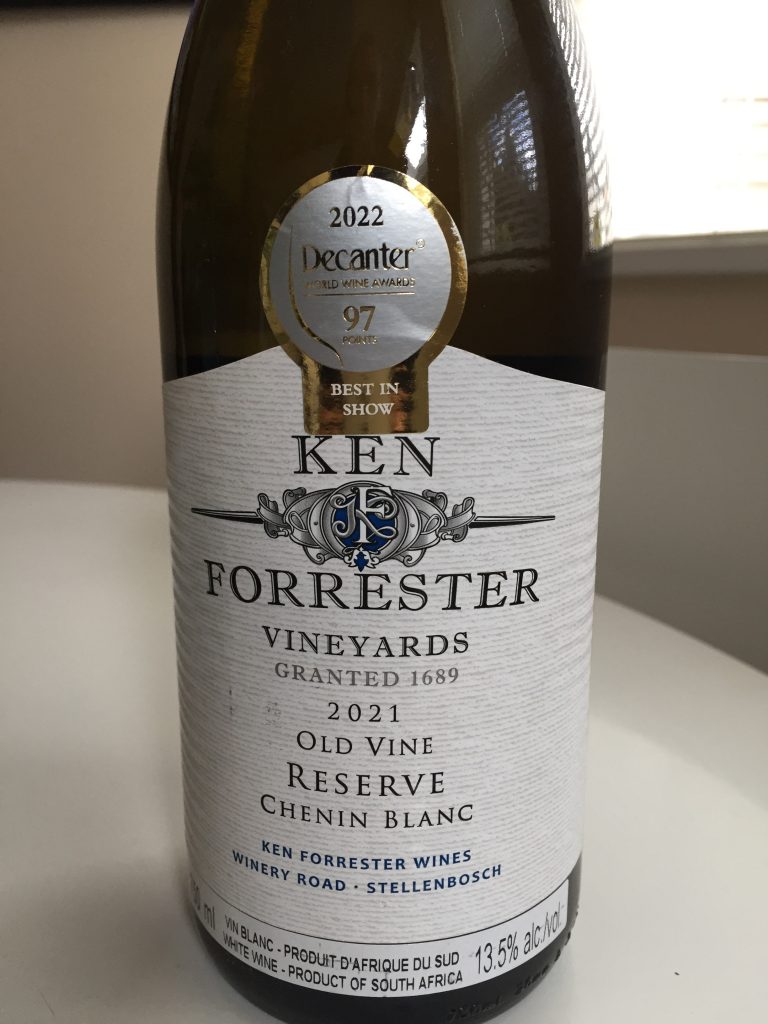
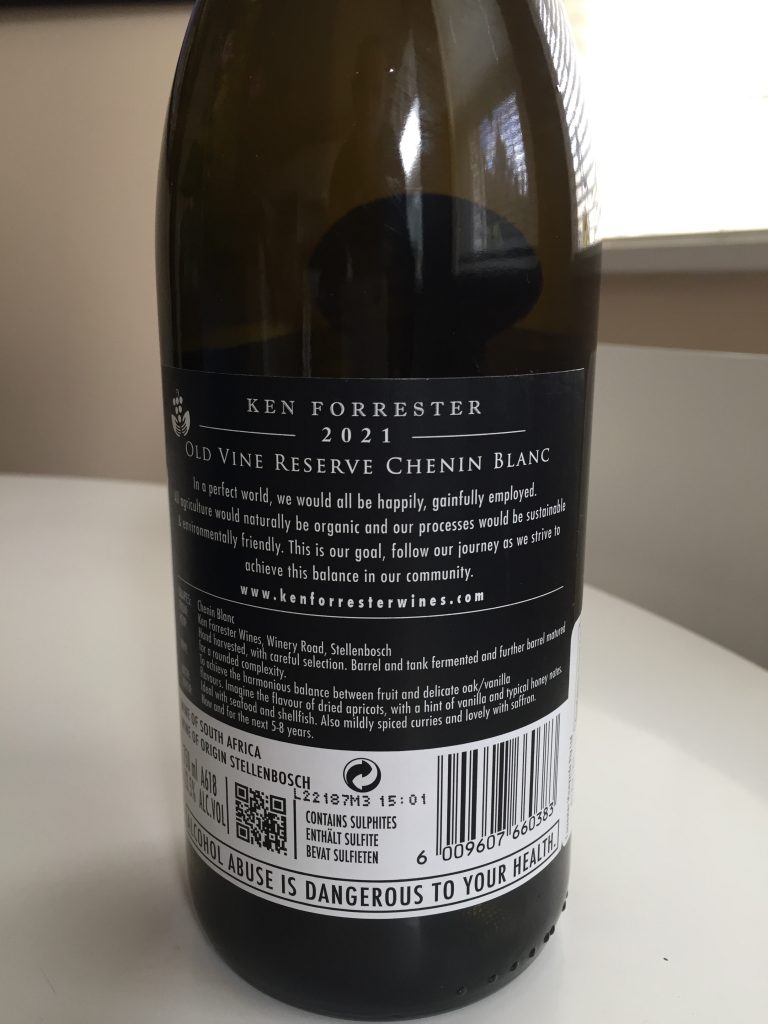
Walking into a new Italian deli and seeing brands that I remember at stores in “The Gulch” 60 years ago.
1 turtle. Two turtle. Three Turtle 4 .. on a log
Watching a group of dogs greet each other at a Park .. ignoring their human parentals
Seeing the Goddess of Wine darting from one isle to another grabbing additions to the next mystery case.
Doing one the neighbourhood library circuits and finding a book one hasn’t read in over 30 or 40 years. Dropping
off 10 books and picking up 2.
Cold and dreary outside, touch the heat inside, and curl up under the quilt on the couch with a fast paced novel
and soothing jazz softly on the stereo.
Spring is just about here. Saw a tiny Gecko running for cover amongst the daffodils.
8 invited. 7 Cultures confirmed for Dinner on Saturday.
What makes YOU smile?
Canada lynx sets mark for longest trek: 2,000 km
Male wildcat made his epic journey from Colorado to north of Banff, where he died on a trap line
It’s not called the Canada lynx for nothing.
Wildlife experts are describing as “incredible” the 2,000-kilometre journey home of a tuft-eared wildcat that was captured as a young adult in B.C. in 2003 and transported to Colorado for a landmark lynx-reintroduction program. There it fathered at least six offspring before heading for home.
It was trapped this winter in Alberta. Its homeward-bound, cross-border odyssey to Canada, culminating with its death on a trap line north of Banff National Park in January, is the longest ever recorded for the species — by far.
Despite the animal’s unfortunate end, its epic trek over such a vast expanse of North America — across countless highways, numerous mountain ranges and probably a stretch of northwest Colorado desert — is being hailed as an inspiring sign of nature’s resilience after generations of severe habitat loss and depleted wildlife populations.
The journey of the nine-year-old lynx — known to scientists in Canada and the U.S. as specimen BC-03-M-02 — is bound to become a classic case study for biologists, says University of Alberta lynx researcher Gabby Yates.
“The fact that he made his way back so far, and fairly close to his original location in B.C. — that’s not too shabby for not having a GPS,” she said. “It’s just amazing.”
Yates was conducting a lynx-tracking project this winter in southwestern Alberta, where the animal is plentiful, when Rocky Mountain House trapper Brian Anger — who had been collaborating with her team to try to avoid capturing radio-tagged animals — called to break the news that a collared lynx had been killed in one of his neck snares.
“He was absolutely horrified,” Yates recalled. “I asked him to read the ear tag. But he said there was no ear tag.”
Instead, the animal was wearing a neck collar that read: PLEASE RETURN TO COLORADO FISH & WILDLIFE.
“I just started screaming,” Yates said. “Colorado! It’s so far. We know that these cats travel, but the long-distance records we have are about 1,000 kilometres — and those are few and far between. This really blows all of the other records out of the water.”
The lynx was live-trapped in 2003 near Kamloops, B.C., as part of a unique, bi-national effort to transplant lynx from Canada to the animal’s historical habitat in southwestern Colorado.
The repopulation effort in a region where lynx had been extinct for decades has been a huge success, trumpeted by U.S. wildlife officials as a model for the reintroduction of other extirpated species.
The male lynx from Kamloops, believed to be two years old at the time of its capture, adapted well to a new range around Silverton, Colo., mating with a female who nurtured at least six healthy kittens to adulthood between 2005 and 2007.
But then the male cat went off the radar, possibly because of a decline in the lynx’s principal food source: snowshoe hares.
It’s now known he headed north, back toward snowier climes — where light-footed lynx enjoy special hunting advantages — and toward his home territory in Canada.
By Randy Boswell, Canwest News ServiceApril 10, 2010







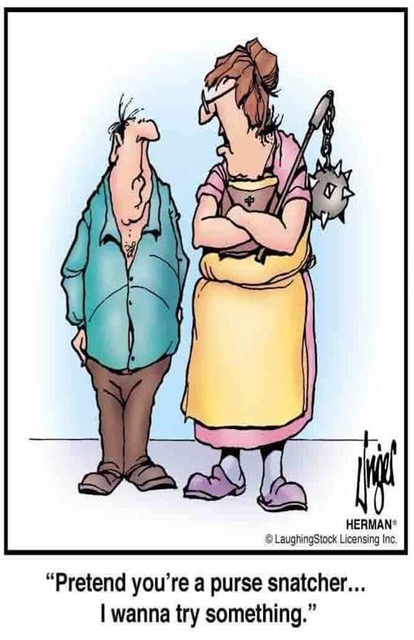
That dinner would be BC onions and garlic, East Coast Prawns. Gigi brought Italian tomatoes, the Bulgarian came with sheep Feta and the South African arrived with Rose.
Destemmed, cold soak for 24 hours on skins and then lightly crushed. Fermentation Vessel type: (eg Stainless Steel, lined concrete, Oak barrel) Clean juice fermentation in stainless steel. No Oak.
Fish Hoek Rosé is a refreshing wine offering fragrant aromas of fresh red berry flavours in a distinctive style of rosé. Dry conditions led to vineyards and grapes being healthy in general, with small berries leading to more concentrated flavour in the wines. Expressive juicy berry flavours follow through on the palate with a soft, delicious, fruity finish.
Destemmed, cold soak for 24 hours on skins and then lightly crushed. Fermentation Vessel type: (eg Stainless Steel, lined concrete, Oak barrel) Clean juice fermentation in stainless steel. No Oak.Certainly invite everyone back again for a repeat.
CINSAULT ROSE – FISH HOEK
$13.99
12% Alcohol
UPC: 05010134910835
